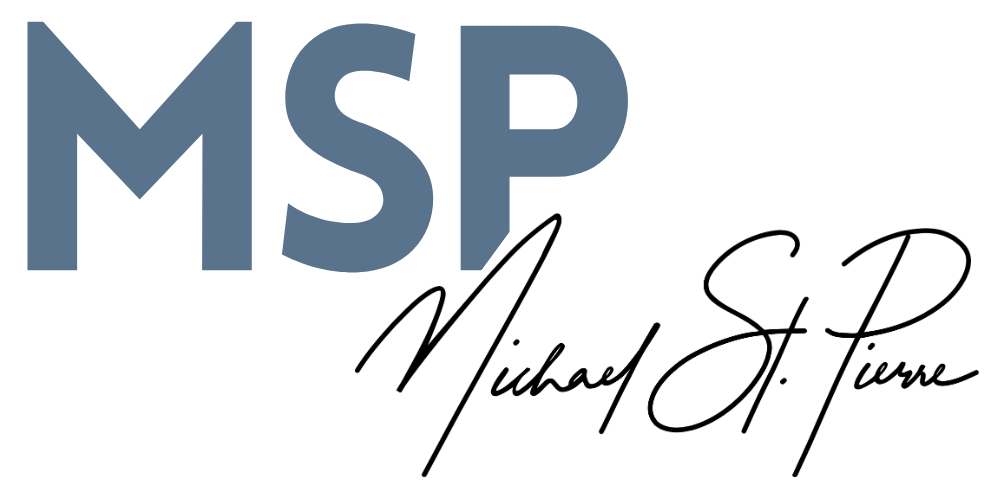What does your To-Do list look like? I've been working on them since I was in junior high school, crafting my nightly homework into something that made sense for me. Now, a couple of years later, my list takes another form.
My format is ultra simple. I discussed this in my interview with Dean Soto from ProductiveCatholic.com. Here are some photos as to how the list takes shape. I usually use regular paper but thought it would be more interesting for this post to use Penultimate on the iPad.
 First step is to lay out the first of three categories, "To Do".
First step is to lay out the first of three categories, "To Do".
Next, I insert the 2nd and 3rd categories: "Connect" and "Meet".
Then, I begin to insert various items within the three categories. I begin with the left and work my way to the right. Very simple process at work.

Once I have populated each column, I can then begin the day. As I get something accomplished, I cross it off the list and move forward with the day.

It may look as if I this simple framework is almost too simple but it works every time. Why? As Leo from Zen Habits points out, the few things that you place on your list are the ones that you must accomplish during the day. If you start your day with the baseline of what you absolutely must accomplish, it eliminates the gunk and focuses you on the most important tasks.
Imagine if you only had five items on your To Do list. That's 25 items a week and 100 a month and over 1,000 a year. No matter how you slice it, that's very productive.
I guess that simple format pays off after all.
My format is ultra simple. I discussed this in my interview with Dean Soto from ProductiveCatholic.com. Here are some photos as to how the list takes shape. I usually use regular paper but thought it would be more interesting for this post to use Penultimate on the iPad.
 First step is to lay out the first of three categories, "To Do".
First step is to lay out the first of three categories, "To Do".Next, I insert the 2nd and 3rd categories: "Connect" and "Meet".
Then, I begin to insert various items within the three categories. I begin with the left and work my way to the right. Very simple process at work.

Once I have populated each column, I can then begin the day. As I get something accomplished, I cross it off the list and move forward with the day.

It may look as if I this simple framework is almost too simple but it works every time. Why? As Leo from Zen Habits points out, the few things that you place on your list are the ones that you must accomplish during the day. If you start your day with the baseline of what you absolutely must accomplish, it eliminates the gunk and focuses you on the most important tasks.
Imagine if you only had five items on your To Do list. That's 25 items a week and 100 a month and over 1,000 a year. No matter how you slice it, that's very productive.
I guess that simple format pays off after all.
